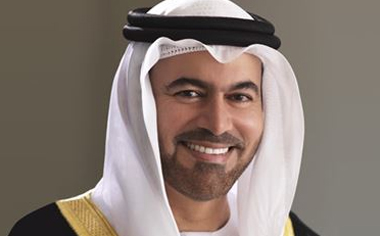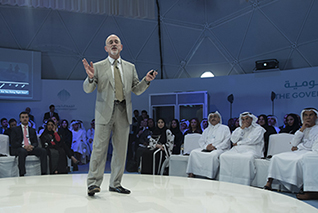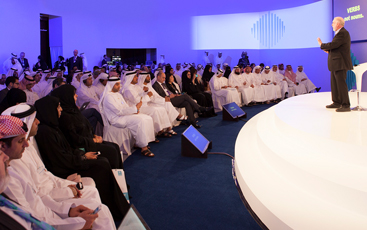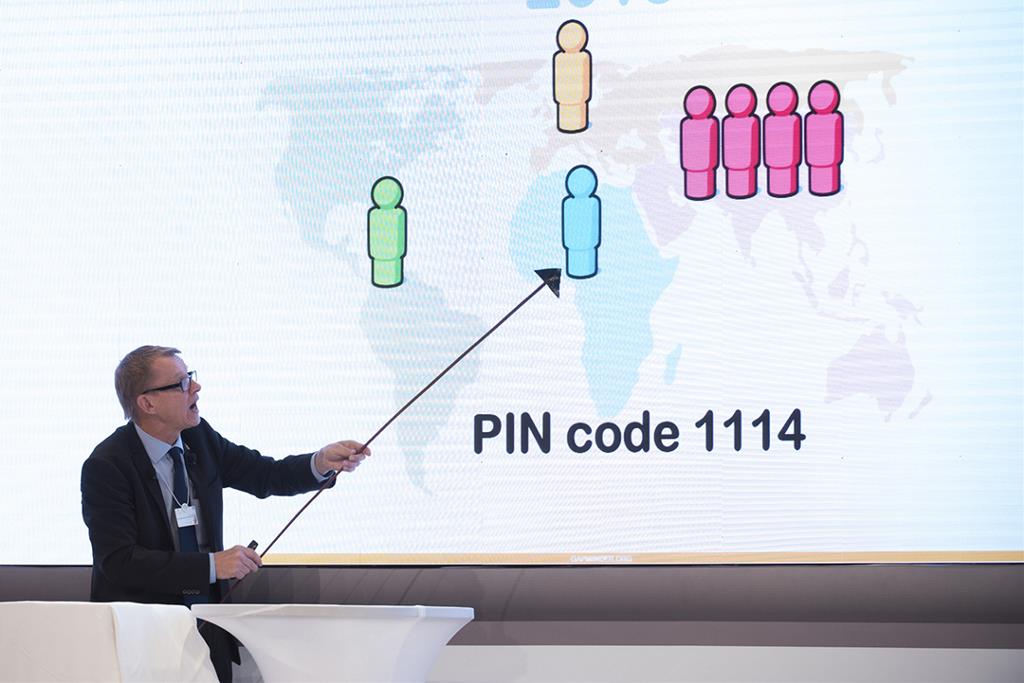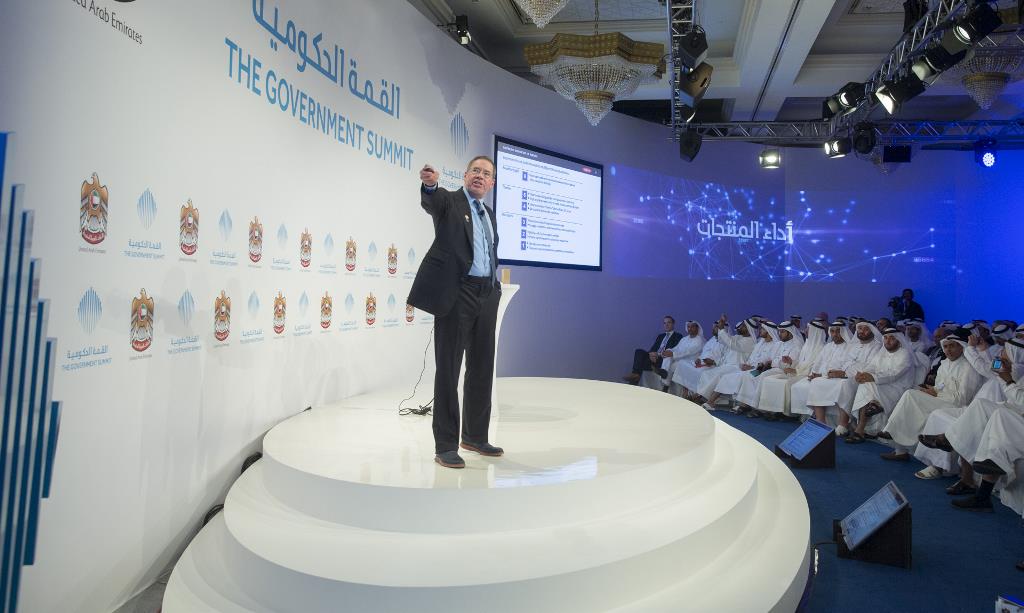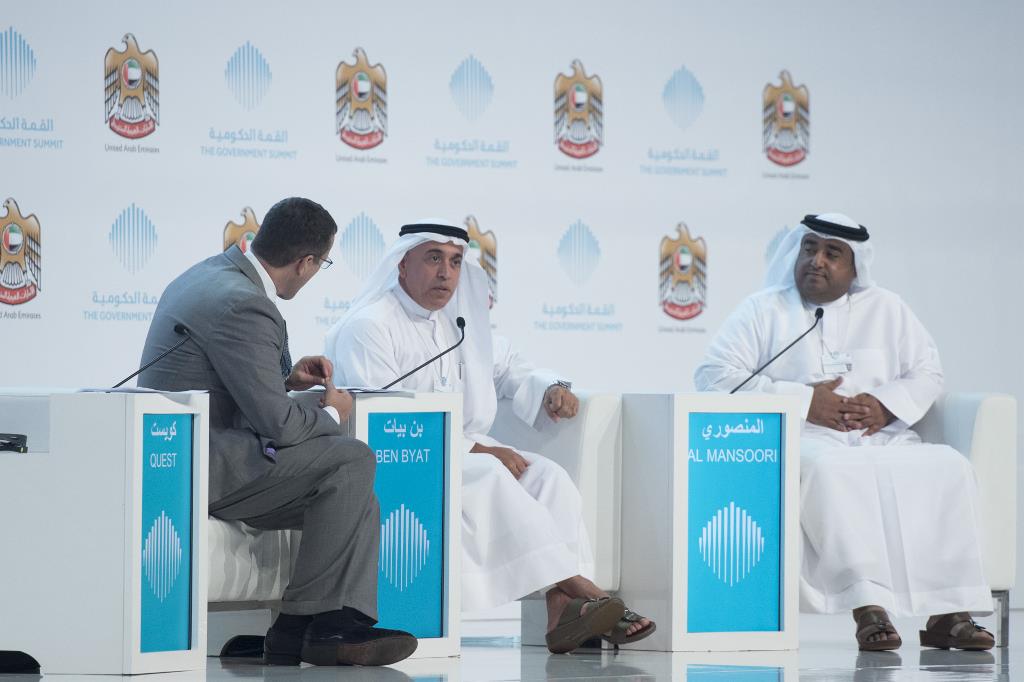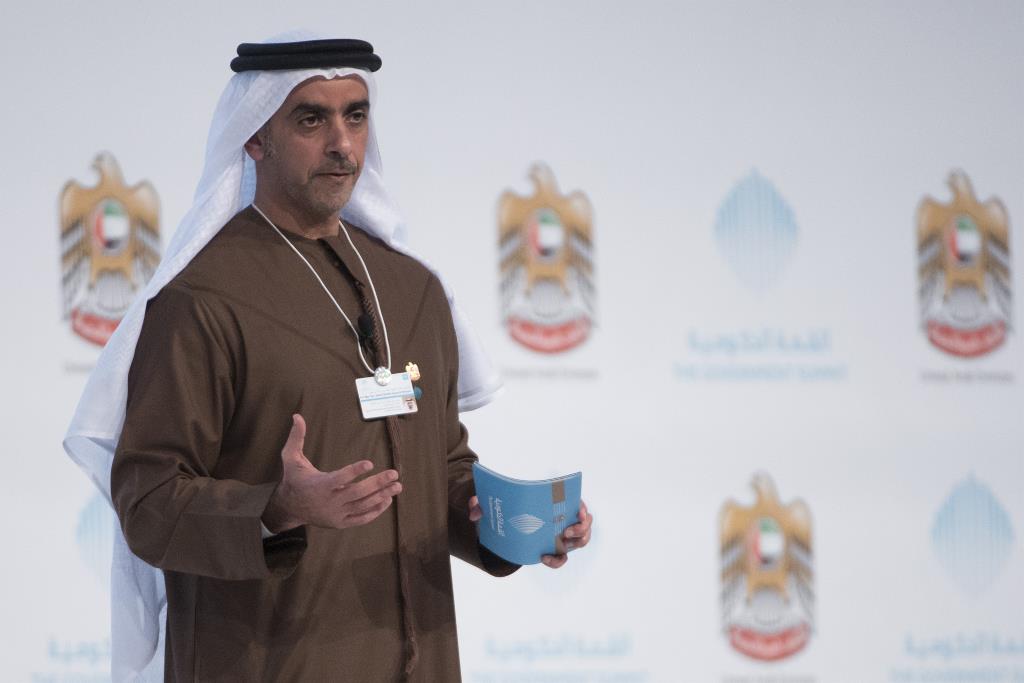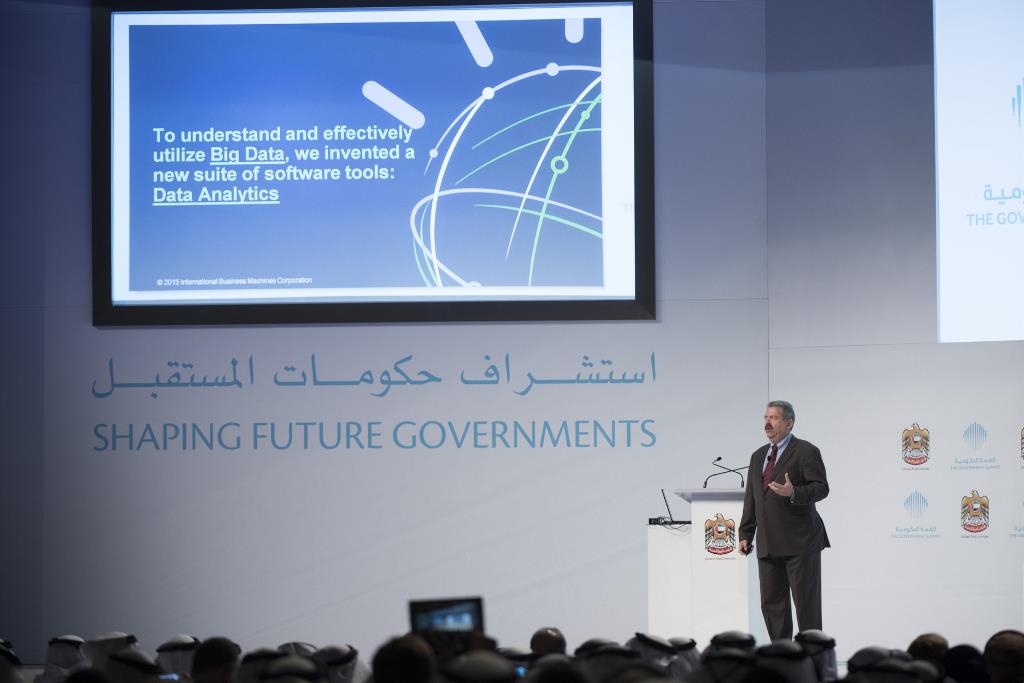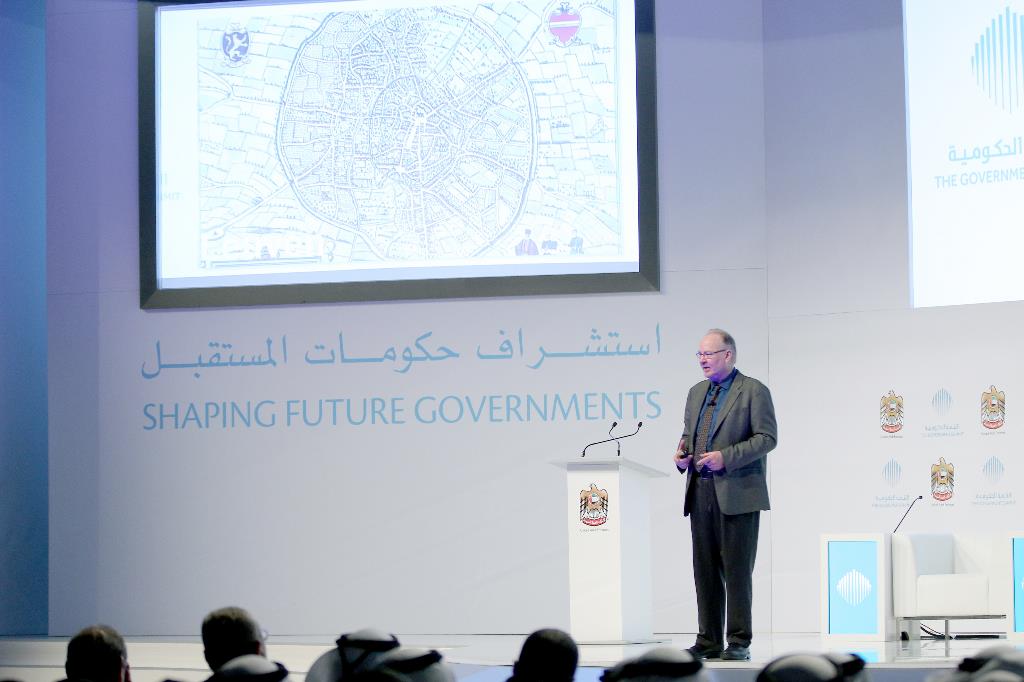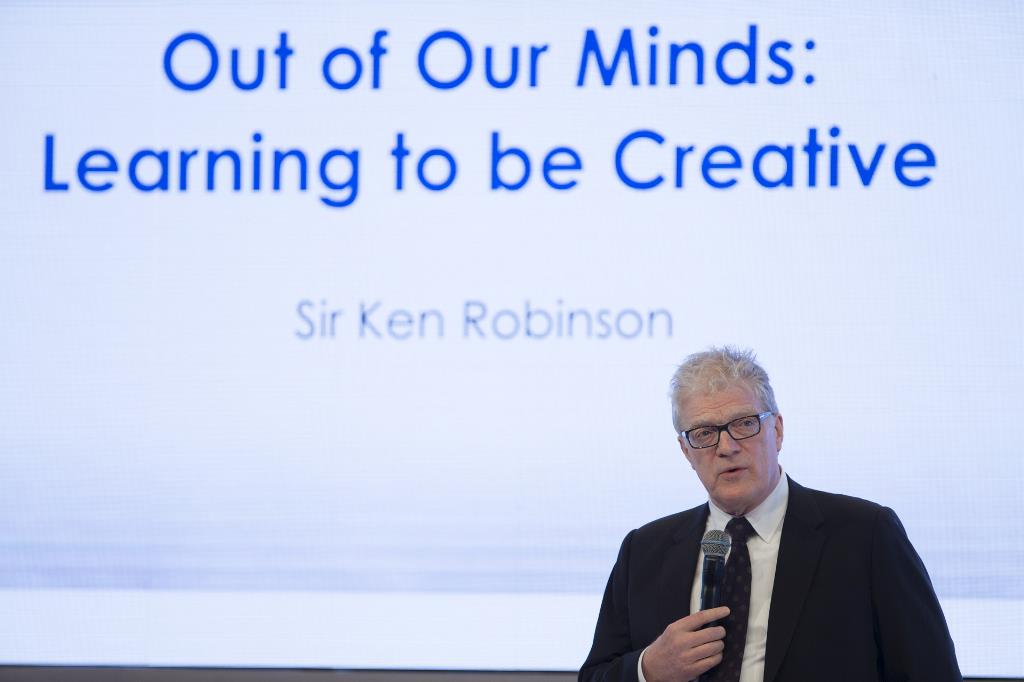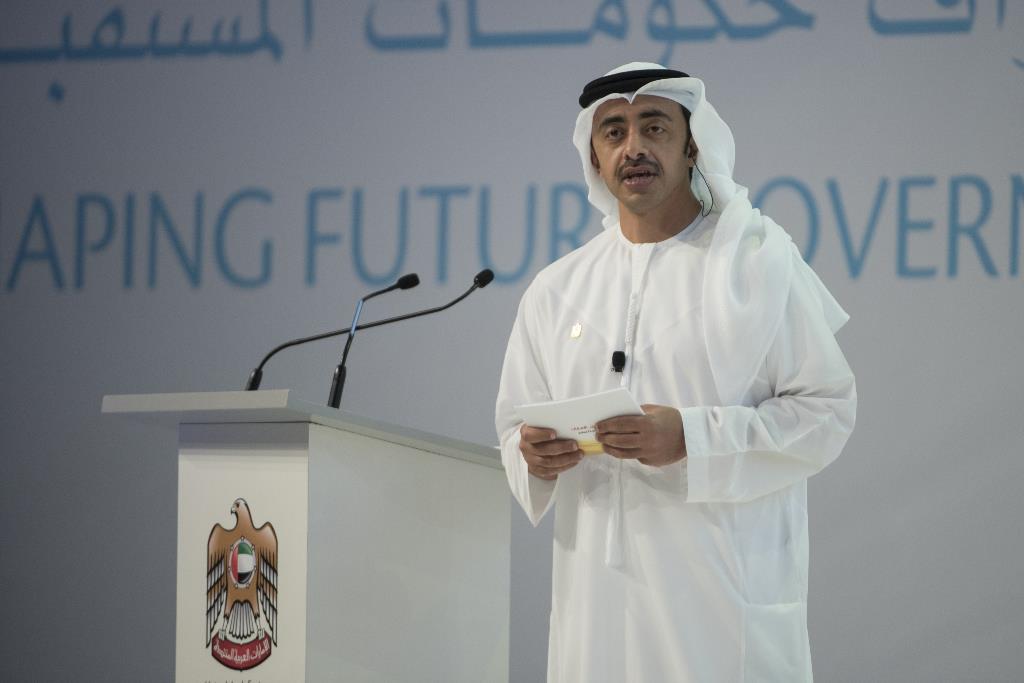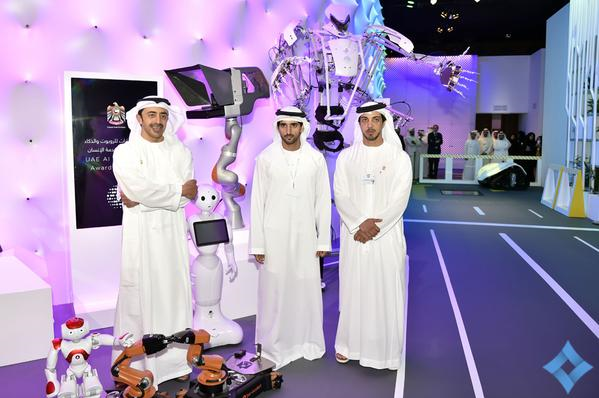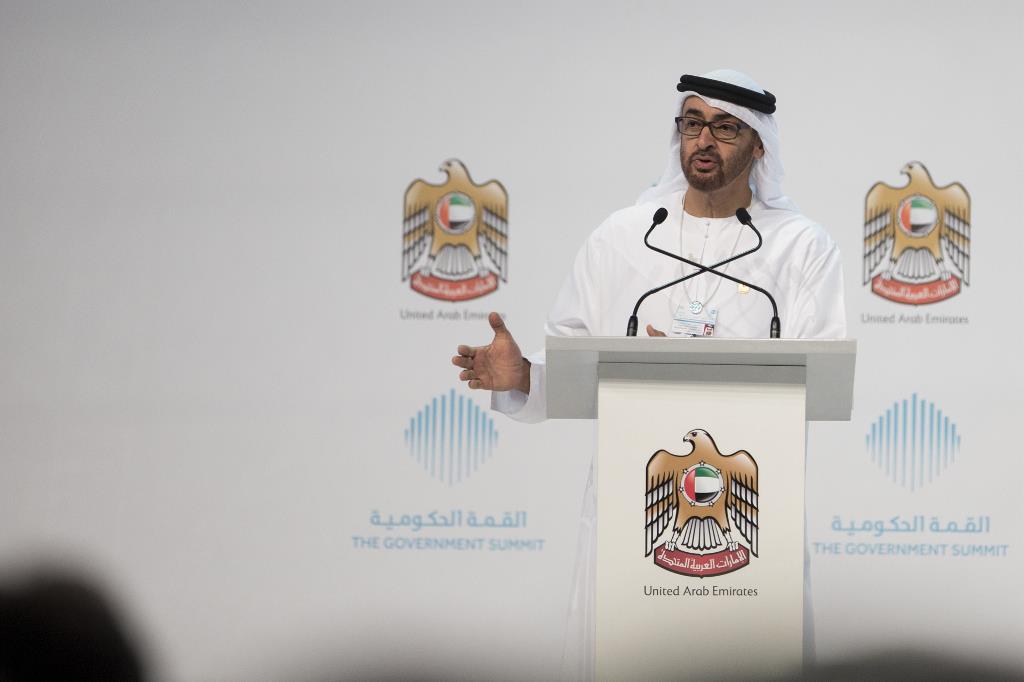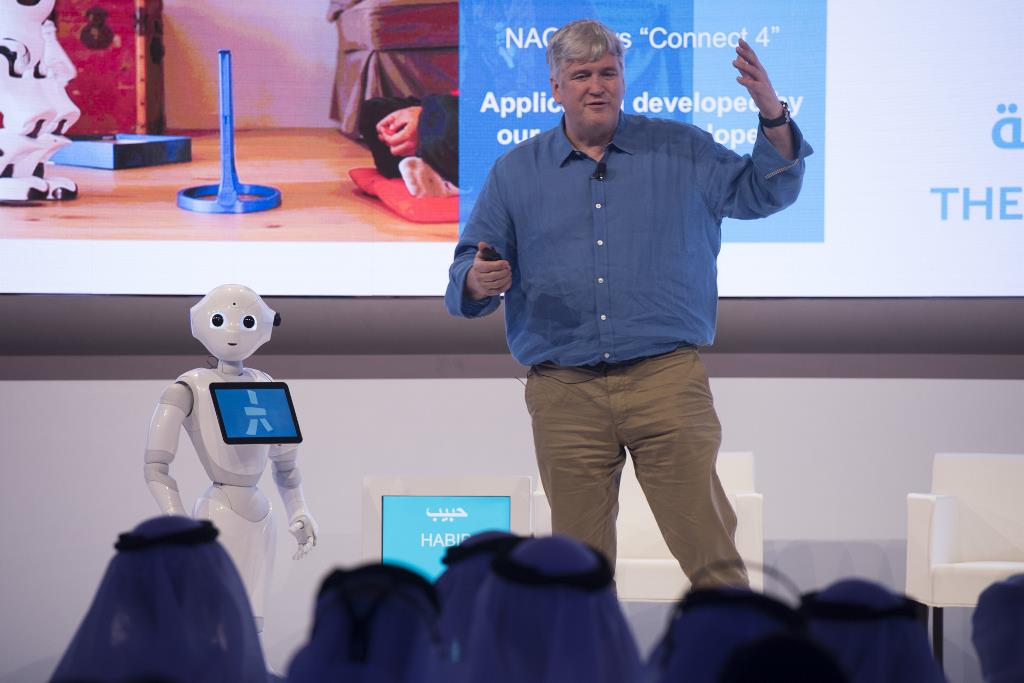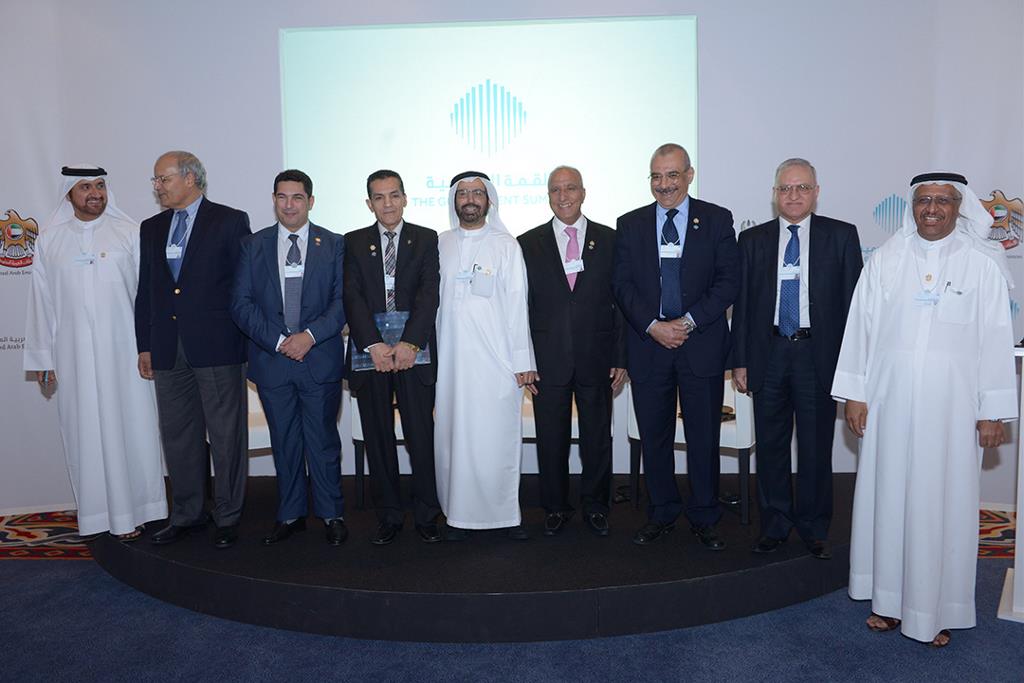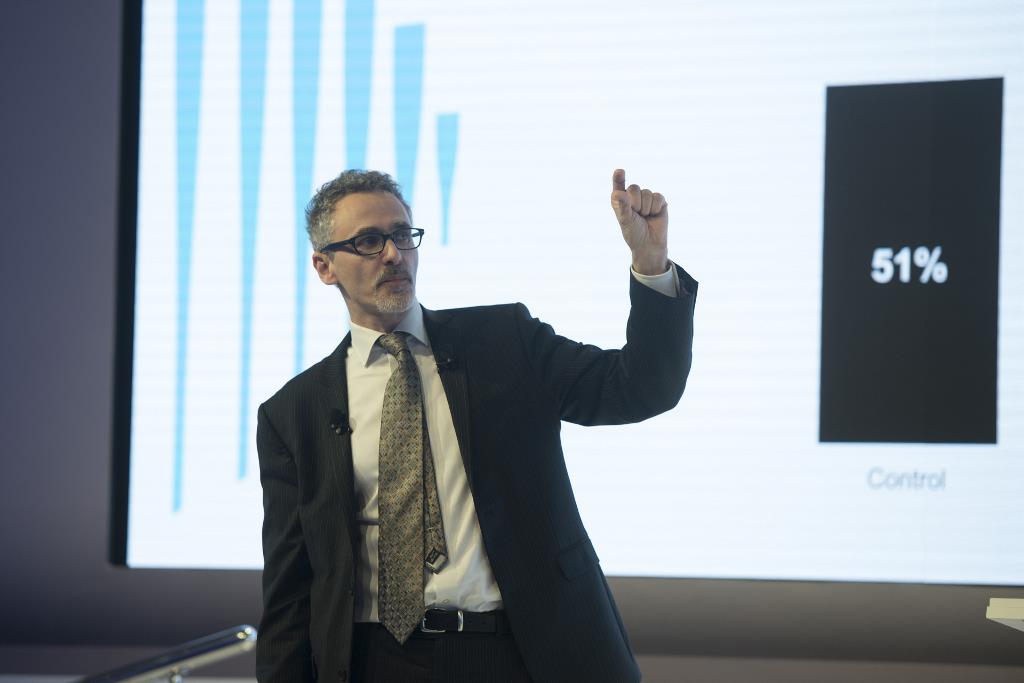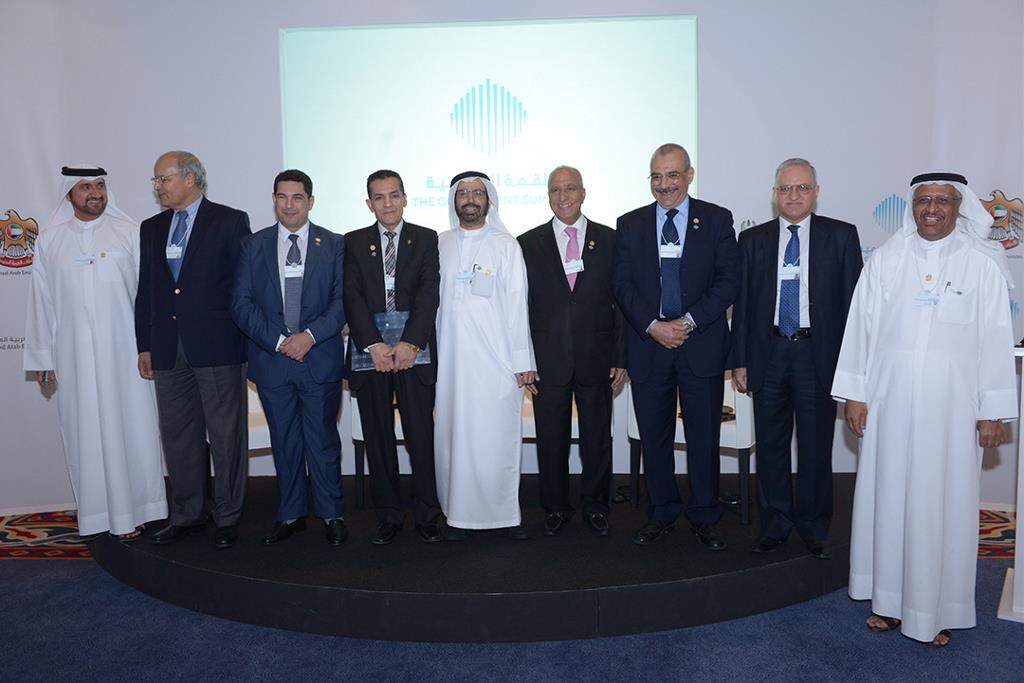Exponential Medicine: Technologies Affecting our Future of Health and Wellness
Wearable technologies have acquired a whole new meaning in the health care sector, and they are helping transform the sector from one that provides intermittent and reactive care to one that emphasizes continuous and proactive health management, said Dr. Daniel Kraft, Chair of the Medicine track for Singularity University and Executive Director of Exponential Medicine.
Dr. Kraft, a former US Air Force surgeon, outlined the challenges facing the health care sector worldwide. These include rising costs, an aging population, access, big data, new technologies, and government regulation.
New technologies, including wearable gadgets, have taken health care out of the hospital and brought it into our homes, he said. At the same time, the data that these gadgets generate have fed into an explosion of information that helps regulators devise better methods of dealing with health crises, using the data in a proactive or pre-emptive way.
But what if someone were to hack into your cloud-connected pace-maker, or your cloud-connected insulin pump? This has placed a responsibility on governments not only to define who owns personal health data, but also to ensure the safety of the data, Dr. Kraft said.
The innovations that are happening in health technologies are helping care providers to offer early intervention in cases where future risks are identified through continuous and proactive health management. For example, a wearable device that constantly measures brain activity has the potential to alert doctors to the possibility of future Alzheimer’s Disease.
Another aspect of evolving health innovation involves “insideables”. For instance, a little electronic pill, when swallowed, can create an image of the entire gastro-intestinal tract and send the data to a device and the cloud. A device that performs a 30-second heart scan sends images of narrowed blood vessels, without the use of invasive angiography, has taken medical imaging technology to a new level. A 3D printer can even create the stents required.
The challenge for government and its agencies, Dr. Kraft said, is to put the disparate technologies and data together into a coherent platform that not only benefits the citizen, but also keeps the information safe from detrimental use.
